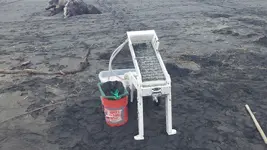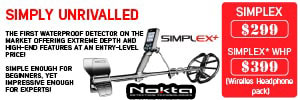Hey i was wondering if anyone knows of anyone producing rockerboxes, I've seen the gold grabber , but I don't need all that. Ivr made a wood one, it works but Its heavy. I want an aluminum one lighter weight and more durable. Any leads? Or anyone on here make them. I'm in Washington and I'm trying to work some high benches and there is little to no water
Upvote
2





